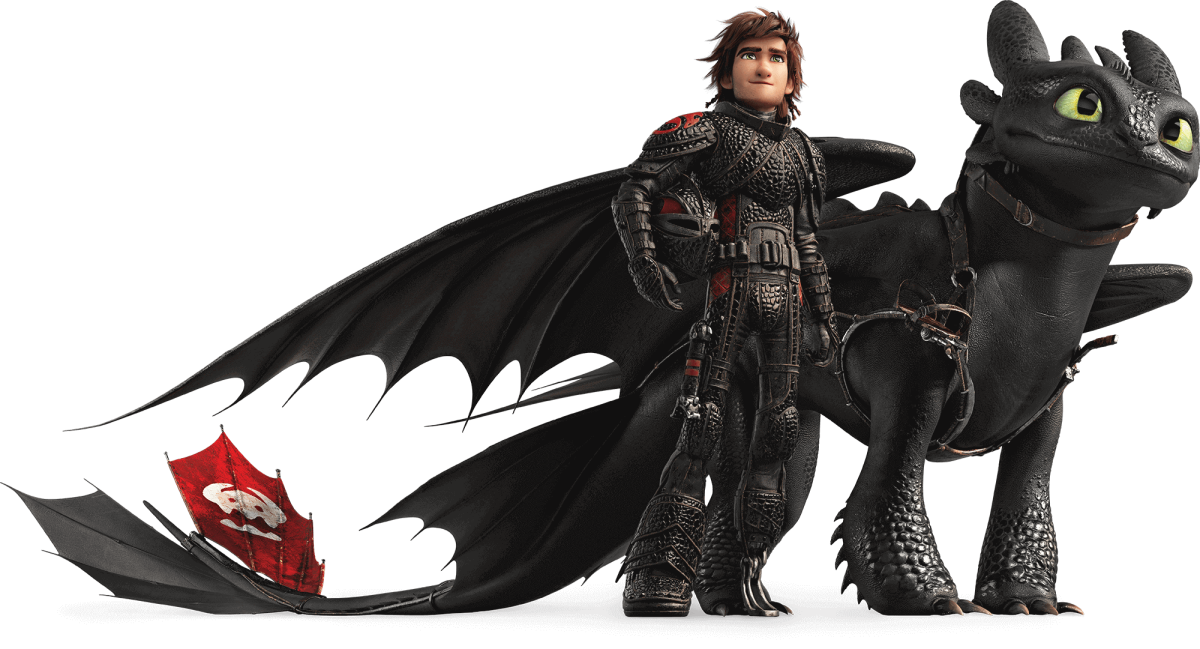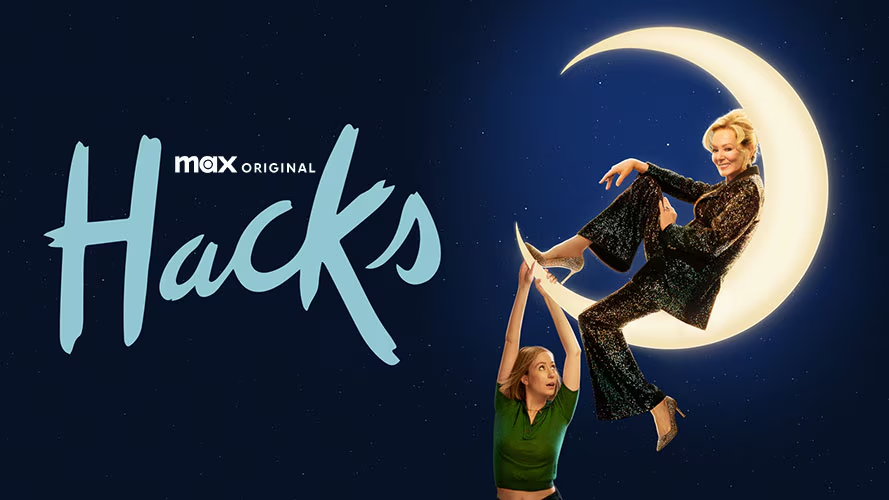Based in Seattle, singer, songwriter, and spoken word artist Mary Lambert has created a name for herself by appealing to youth who struggle with acceptance for being different through her own stories and experiences. Lambert was raised in an abusive household, but her music has lifted the weight of her traumas in fleeting four-minute intervals.
Apart from her nightmarish childhood, Lambert’s music portrays her war with being accepted for her sexuality and body image. Her most personal EPs include Letters Don’t Talk and Welcome to the Age of my Body. Her ability to pack her deepest thoughts and emotions into collections of four or five songs make me both swoon and cry, both in happiness and in sadness. I can’t say that I’ve lived the same life she has, but her messages make me feel what she’s felt.
Her first EP, Letters Don’t Talk was released in July 2012. The opening track of the EP is “My Moon” and, instantly, listeners get a glimpse of what kind of artist Lambert is. The song is backed with soft guitar strumming and the light tisk of drum cymbals, adding to the romantic atmosphere. This song is fit for a first dance and leaves its mark on you as she sings, “I made a tidal wave just to get close to you, my moon.”
Continuing with “Forget Me”, Lambert narrates her heartbreak. “Did you forget me?” is the recurring line, and through this song, anyone can empathize with going through the steps after a breakup. Thinking ‘I can get past this and I will’, but still falling back and thinking it’s impossible, and that’s where the next track “This Heart”, continues the story. When Lambert reaches the climax in the song, there’s the obstacle that everyone faces. “This heart can’t wait to see you” , like right after breaking off, there’s hate and regret, but soon after there still exists some hope of coming back. Once the hope subsides, there’s acceptance, “why are you sleeping in these chambers?”. In the chambers of the heart, which essentially means ‘I hate you, but I won’t forget you… yet.’
The final track, “The Machine”, was recorded in memory of Lambert’s friend that died from leukemia. She begins with asking herself hypothetical questions: “Why are you sick? Why are you sick all the time?”, these questions arise within everyone coping with a sick loved one. “The sounds of the machine are the most comforting thing”, referring to the defibrillator, which conveys that there’s still life and the mourning over a loved one won’t be in vain as long as the beeping continues. Lambert was living with her friend at the time of her sickness. She says “I’ve got an empty house with two bathtubs, I want to drown in them.” It’s difficult to accept the passing of a close friend, and everyone has different ways of coping, here, Lambert makes a confession to her thoughts about suicide. Lambert had a difficult life, even before the death of her friend, and at this point in her life, she was searching for relief.
After the encouragement of her small, but close-knit fan base, Lambert came through with another album, Welcome to the Age of my Body in December of 2013. She opens with “Body Love, Part 1”, her fierce attack on negative body image, and concludes with “Body Love, Part 2”, where she gives herself acceptance. She starts with descriptions of girls and the struggles of accepting how their bodies look. Lambert says “I know girls who are trying to fit into the social norm… But when do we draw the line?.” The line really hasn’t been drawn and, if anything, a line shouldn’t exist because boys and girls shouldn’t be pressured to be “perfect” because that doesn’t exist either. This song particularly attacks the self-harming that comes with lack of body love, and after talking about the means of coping, like cutting and swallowing pills, Lambert makes her stance by saying “the time has come for us to reclaim our bodies.”
By the second track, Lambert switches to reveal and accept being a lesbian. The whole song is directed to a ‘she’, and although I don’t know who specifically, it’s obvious it’s to a lover. This song is already popular because the chorus was used in Macklemore’s “Same Love”. Macklemore was putting the word out to accept people as they are, specifically anyone that isn’t straight. Lambert doesn’t apply her message to everyone, but more to herself. She accepts that she “can’t change even if [she] wanted to.” This is her strike against the people that believe it’s a choice to be gay, and I too believe that you love who you love. Lambert is at the pinnacle of her talent when she sings this song because her soulful voice lifts above all the other instrumentation meant to keep up the romantic feel.
In third comes the worst wave of sadness from the album. “Sarasvati” is by far one of Lambert’s most despairing songs. The intention is to get people to speak up about their attempted suicides. The song isn’t so direct to say “Tell me about how you wanted to kill yourself”, but rather it let’s people “cry out”. It gives them opportunity to release that knot-in-your-throat feeling, and says ‘You’re not the only one going through this.’
Mary Lambert’s albums are all messages directed to anyone dealing with a difficult past and present. Though we can’t all expect society to change in an instant, we have to start somewhere. Lambert has made progress in getting her messages out, from working with Macklemore and Ryan Lewis in “Same Love”, to her very own Body Love Campaign. Lambert just wants the world to know that no one is ever alone.




